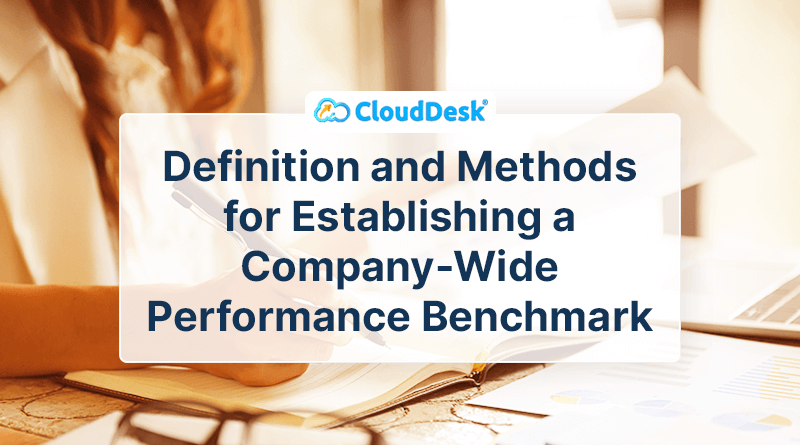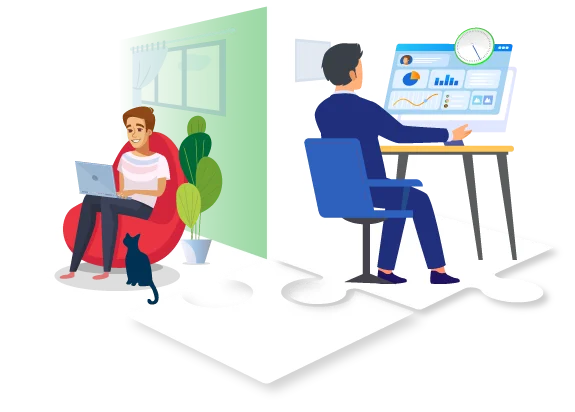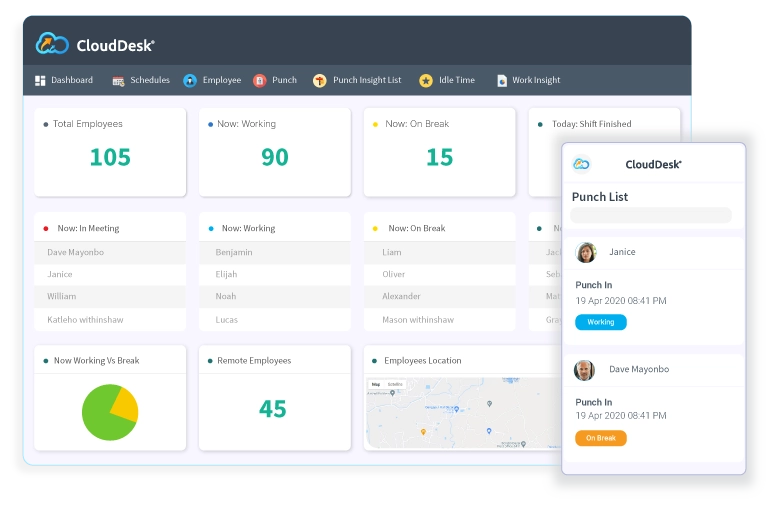We live in a fast-paced world where nobody wants to wait for anything. In a world where nearly everything…
Big Problem With Remote Work – the Employee Productivity Paradox
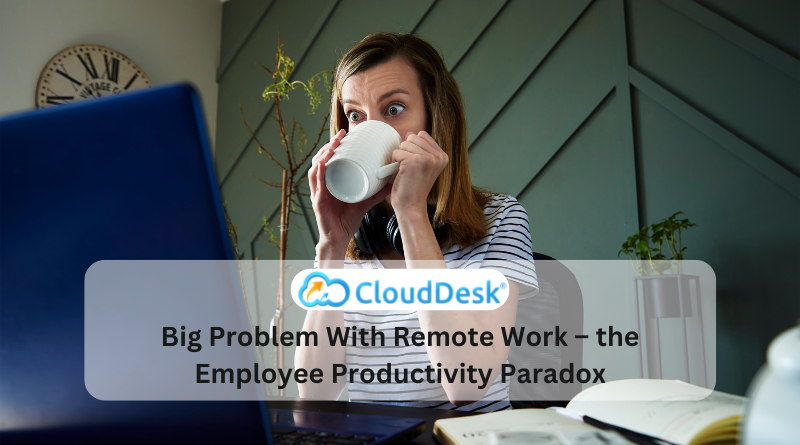
We live in a fast-paced world where nobody wants to wait for anything. In a world where nearly everything can be delivered with two clicks of the mouse, why are people’s workplaces stuck behind cubicle walls? Studies have shown that remote work can increase employee productivity and that companies that provide their employees with flexible working arrangements enjoy higher retention rates and improved team morale. So why aren’t more companies embracing this model? Research suggests that employees working from home are more productive than those working in an office environment, so why are so many companies still in office-based workplaces? Because it’s what we’ve always done! But is this the best approach for your business?
Traditional vs. Remote Work Productivity
When it comes to remote work vs. traditional office-based workspaces, there are several key differences that everyone should be aware of. At the most basic level, working from home eliminates the need for an office commute and gives your employees the freedom to spend more productive time working from the comfort of their homes. It also allows employees to work whenever it suits them, rather than adhering to a rigid work schedule dictated by the office. This leads to increased employee satisfaction, loyalty, and a better work-life balance. At the same time, it’s important to remember that not all employees are suited to a remote work environment. For example, very extroverted employees who need to interact with their colleagues regularly may find a remote working environment too isolating to be truly effective. The same goes for employees who require a lot of visual or auditory stimulation to remain motivated and engaged. The bottom line is that you need to find the right people for your remote team to maximize its potential. With the right group of highly motivated and highly capable individuals, your remote workforce has the potential to be significantly more effective than a traditional office-based team.
What Does the Survey Say?
Microsoft’s remote-work-friendly CEO puts his finger on the big problem with working from home.
Microsoft released its latest Work Trends Study, surveying 20,000 people across 11 countries. It found that nearly 87% of employees say they are more productive when they work remotely or in a hybrid setup. No wonder hybrid work has proven to be the most cost-effective and popular model. On the other hand, 85% of employers say it’s challenging to have confidence in their worker’s productivity levels when they’re not in person. That’s a paradox. Microsoft’s CEO said that instead of this being an argument, data would help both employers and employees.
How Can Companies Collect Data?
Employee monitoring software is a vital tool for employers to monitor the activities of their employees. By implementing this software, employers can access important data like total productive hours, break time, idle time, and web and app usage. With the help of this software, employers get a clear insight into what could be potentially harmful to their company. Monitoring software like CloudDesk provides activity monitoring insights that dramatically improve your team’s performance and empower employees to achieve bigger goals. Now managers have a new level of activity insight and visibility into their workforce to run more profitable businesses.
Conclusion
The employee productivity paradox will remain for a long time since most companies are still transforming their remote work and implementing employee monitoring software is still a new idea. There are two different views from employees and employers. Implementing employee monitoring software will not eliminate the paradox. Still, it will give managers valuable data that can be used to understand how employees spend their work time. It’s high time that every company should have access to employee monitoring software, so they don’t fall into this kind of paradox.
Similar Posts
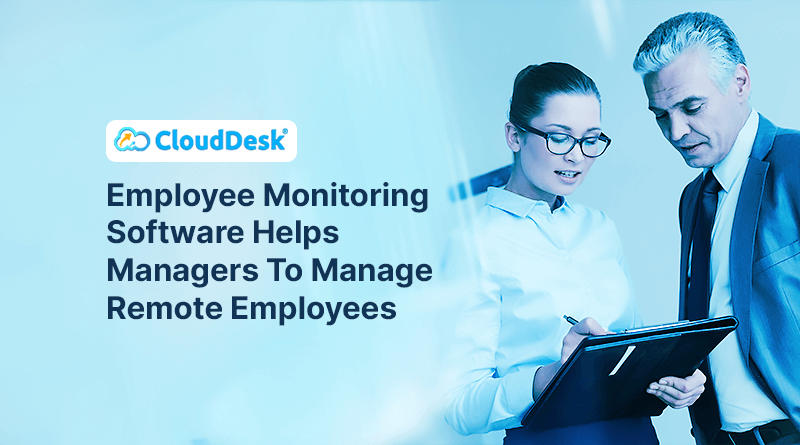
Employee Monitoring Software Helps Managers To Manage Remote Employees
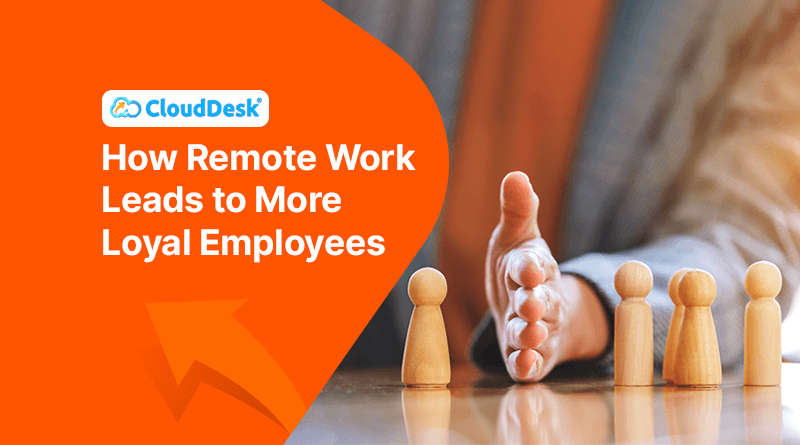
How Remote Work Leads to More Loyal Employees
